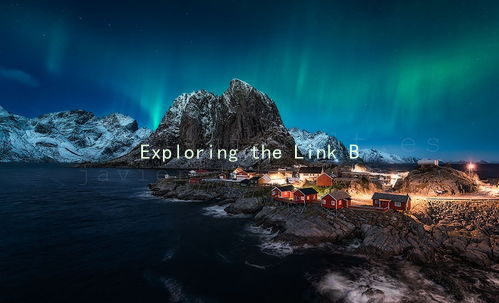The Art of Romance: How Cultural Variations Shape Womens Love Languages
The concept of love languages, popularized by Gary Chapman, suggests that individuals express and receive love in different ways. While these love languages serve as universal frameworks, the manifestation of these languages can be significantly influenced by cultural variations. This essay will explore how cultural contexts shape womens love languages and the nuanced skills and dialogue techniques they develop in romantic relationships.
In many cultures, the way love is expressed is deeply rooted in societal norms and values. For instance, in collectivist cultures, such as those found in many Asian and Latin American countries, love may be expressed through acts of service. Women trained in these cultural contexts often prioritize family and communal values. A woman may express her love by caring for her partners family or involving herself in community activities. In such instances, love is not just a personal sentiment but a collective experience that ties individuals to their social environments. This language of love emphasizes nurturing, support, and shared responsibilities.
Conversely, in more individualistic societies like those in Western Europe or North America, expressions of love often lean towards words of affirmation or physical touch. Here, women may feel empowered to express their love publicly or through verbal encouragement. The art of romance in these contexts may involve grand gestures or verbal declarations of affection, focusing on personal fulfillment and emotional expression. Women in these settings often use romantic dialogues that emphasize individual desires and aspirations, showcasing their personality and independence in relationships.
Its important to note that these cultural variations do not exist in isolation. Globally, cultures intermingle, especially in urban environments, where exposure to diverse customs can blend traditional expressions of love with more globalized ones. This creates opportunities for women to adapt their love languages, utilizing skills learned from various cultural backgrounds. For instance, a woman from a collectivist background who embraces individualistic expressions may find herself writing love letters to her partner while also nurturing familial ties, creating a rich tapestry of love language that reflects her unique identity.

The dialogue within romantic relationships also evolves through the lens of cultural norms. In some cultures, direct communication about feelings may be less common, while in others, transparency and open discussions about emotions are encouraged. Women often navigate these nuances, employing techniques that resonate with their cultural upbringing while also adapting to their partners preferences. For example, a woman might choose to express her feelings indirectly through actions rather than words, as established by her cultural background, or she might adopt a more straightforward approach, blending her traditional upbringing with her partner’s expectations.
In navigating romantic interactions, women may develop specific techniques in nonverbal communication, such as the power of a look, a touch, or a smile. These subtle expressions can often convey profound emotions, transcending language barriers and cultural differences. Women in different cultural contexts may place varying emphasis on these nonverbal cues, making them essential tools in the art of romance.
Moreover, understanding cultural variations in love languages can enhance emotional intelligence in relationships. Women who are sensitive to their partners cultural background can tailor their expressions of love, creating a deeper connection. The ability to identify and adapt to these differences can foster empathy, leading to healthier and more fulfilling relationships.
In conclusion, the art of romance is a dynamic interplay of cultural influences that shape womens love languages. By understanding and appreciating these variations, women can navigate the complexities of romantic relationships with greater skill and awareness. Ultimately, this journey enriches their ability to communicate love and fosters deeper connections across cultural lines. As we explore romance through a multicultural lens, we celebrate the diversity of love languages and the unique expressions of affection they inspire.





